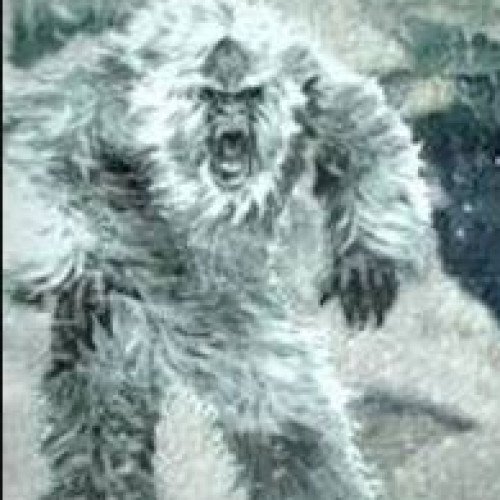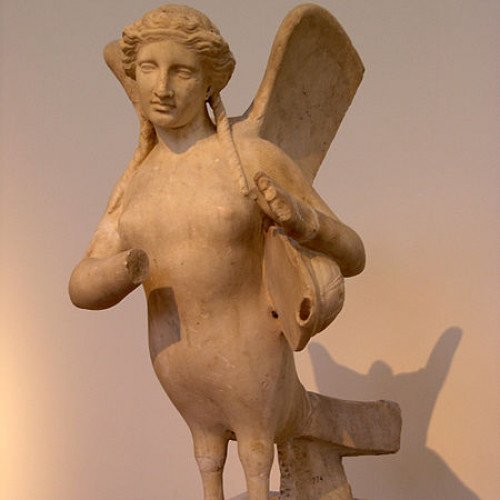Yeti VS Siren (mythology)

Yeti
In Himalayan folklore, the Yeti (/ˈjɛti/) is a monstrous creature. The entity would later come to be referred to as the Abominable Snowman in western popular culture. The names Yeti and Meh-Teh are commonly used by the people indigenous to the region, and are part of their folk beliefs. Stories of the Yeti first emerged as a facet of Western popular culture in the 19th century. The scientific community has generally regarded the Yeti as the result of a complex of intricate folk beliefs rather than a large, ape-like creature.
Statistics for this Xoptio

Siren (mythology)
In Greek mythology, the Sirens (Greek singular: Σειρήν, Seirḗn; Greek plural: Σειρῆνες, Seirênes) were dangerous creatures, who lured nearby sailors with their enchanting music and singing voices to shipwreck on the rocky coast of their island. Roman poets placed them on some small islands called Sirenum scopuli. In some later, rationalized traditions, the literal geography of the "flowery" island of Anthemoessa, or Anthemusa, is fixed: sometimes on Cape Pelorum and at others in the islands known as the Sirenuse, near Paestum, or in Capreae. All such locations were surrounded by cliffs and rocks. According to the Greek Neoplatonist philosopher Proclus, Plato said there were three kinds of Sirens: the celestial, the generative, and the purificatory / cathartic. The first were under the government of Zeus, the second under that of Poseidon, and the third of Hades. When the soul is in heaven the Sirens seek, by harmonic motion, to unite it to the divine life of the celestial host; and when in Hades, to conform the soul to eternal infernal regimen; but when on earth their only job to "produce generation, of which the sea is emblematic".